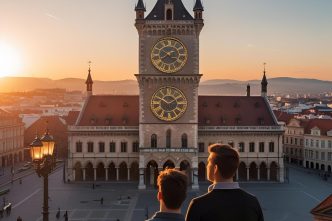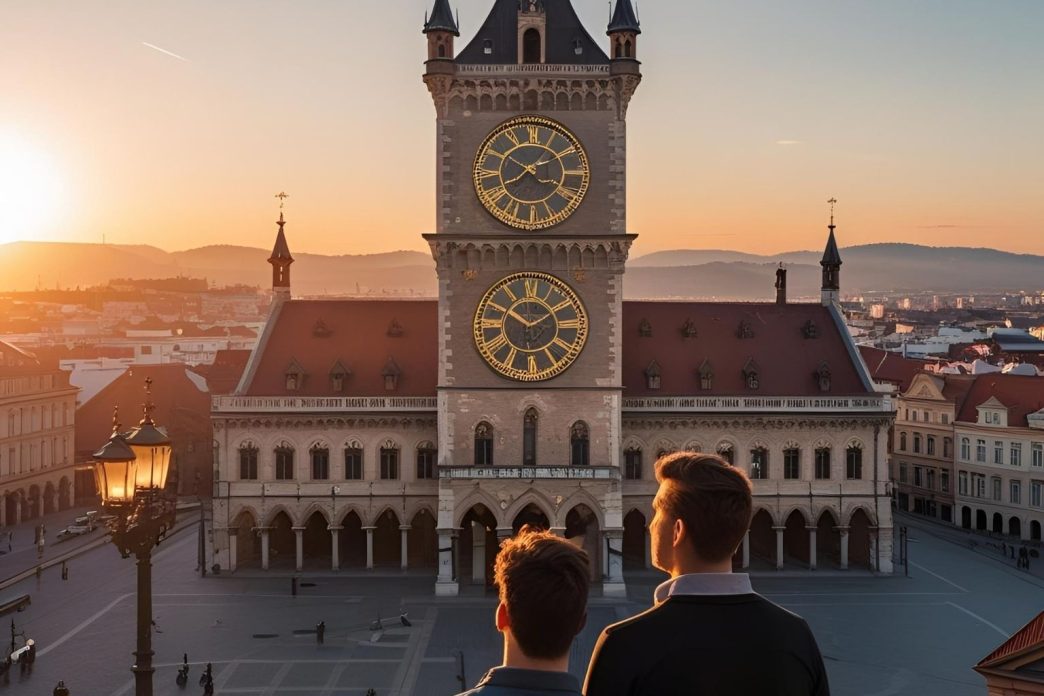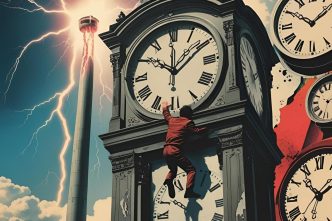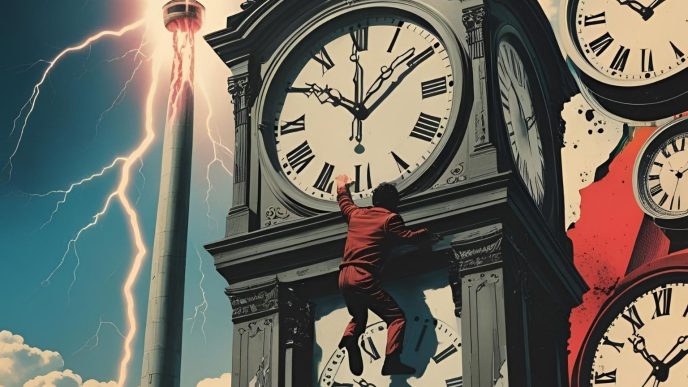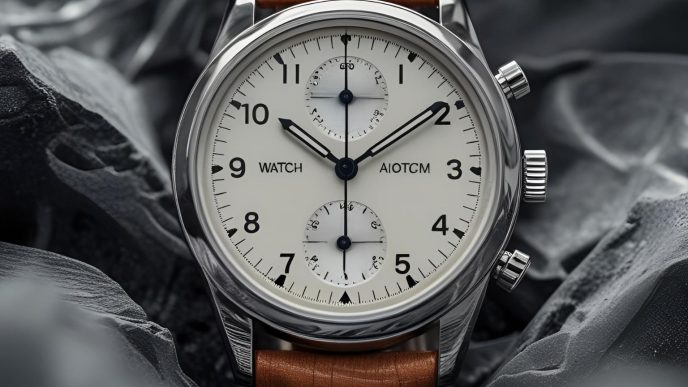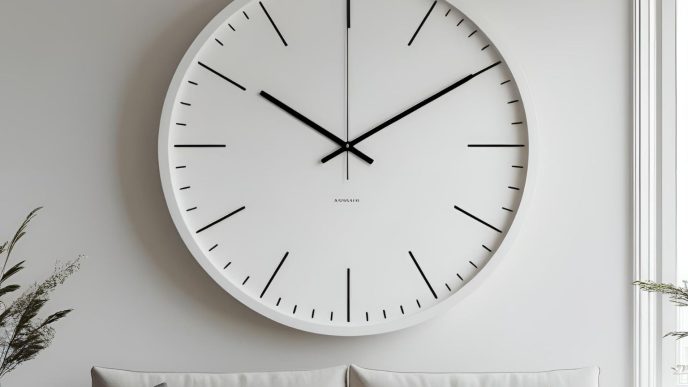Cities are defined not only by their streets and buildings but by the icons that shape their identity. Some are known for bridges, others for squares—and many, especially in Europe, for their majestic clock towers. These towering structures do more than tell time: they represent collective memory, architectural beauty, and cultural identity.
Timeless Pillars of Public Life
Clock towers have been part of urban Europe since the Middle Ages. Initially attached to religious buildings, they later moved into public spaces, serving as tools for social coordination and regulation. Over time, they became more than just timekeepers—they evolved into symbols of civic pride and urban power.
Cities like London with Big Ben, Prague with its Astronomical Clock, Munich’s Neues Rathaus, and Bern’s Zytglogge are now inseparable from their iconic clock towers. These monuments carry not only architectural value but also political, cultural, and historical significance.
Defining the Spirit of a City
Clock towers are deeply woven into a city’s character. Big Ben isn’t just a clock—it’s a symbol of British democracy. Prague’s 15th-century astronomical clock reflects the city’s love for science, art, and craftsmanship. These towers feature in postcards, films, literature, and often become landmarks through which people connect to a city’s soul.
For locals, clock towers are points of familiarity and continuity. For tourists, they often serve as gateways into the history and heart of a place. With every chime, these clocks remind us of time passing—not just personally, but culturally.
Mechanical Genius Meets Artistic Expression
Many European clock towers are mechanical marvels. Featuring intricate gears, astronomical dials, and ornate facades, they merge engineering with art. From gothic to baroque and neoclassical styles, they reflect centuries of evolving design.
Some of these clocks display not only the time but also moon phases, zodiac signs, and solar alignments—turning them into scientific instruments and cultural storytellers in one.
Thanks to restoration efforts, most of these clocks still function today, bridging the gap between past and present.
In Conclusion
Clock towers across Europe are not merely time-telling devices—they are symbols of urban continuity, cultural identity, and the enduring relationship between people and time. As they stand tall, they remind us that cities, like clocks, must keep moving forward—tick by tick.


